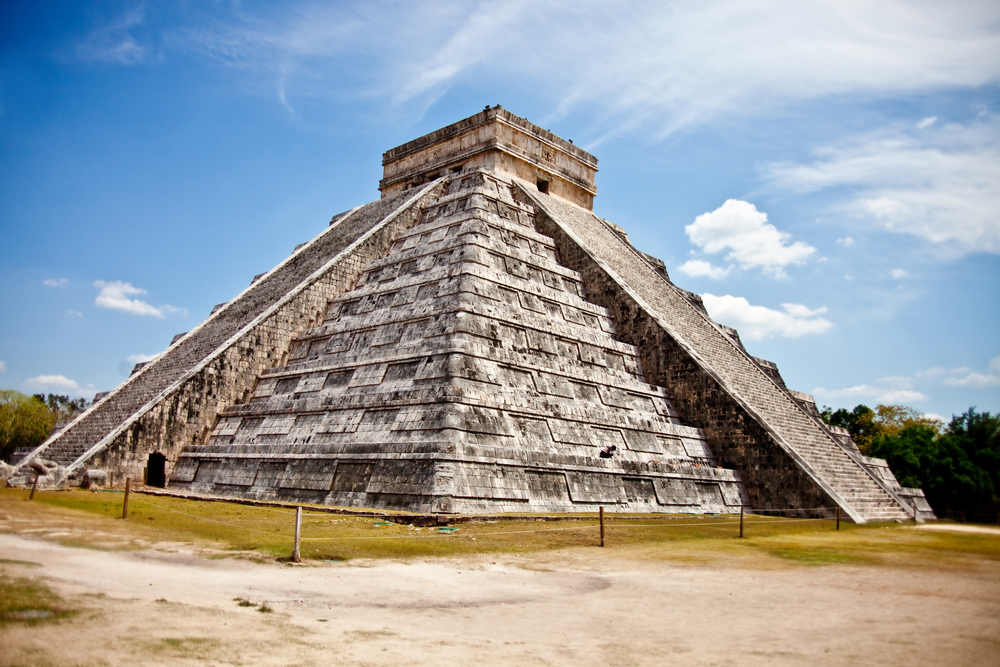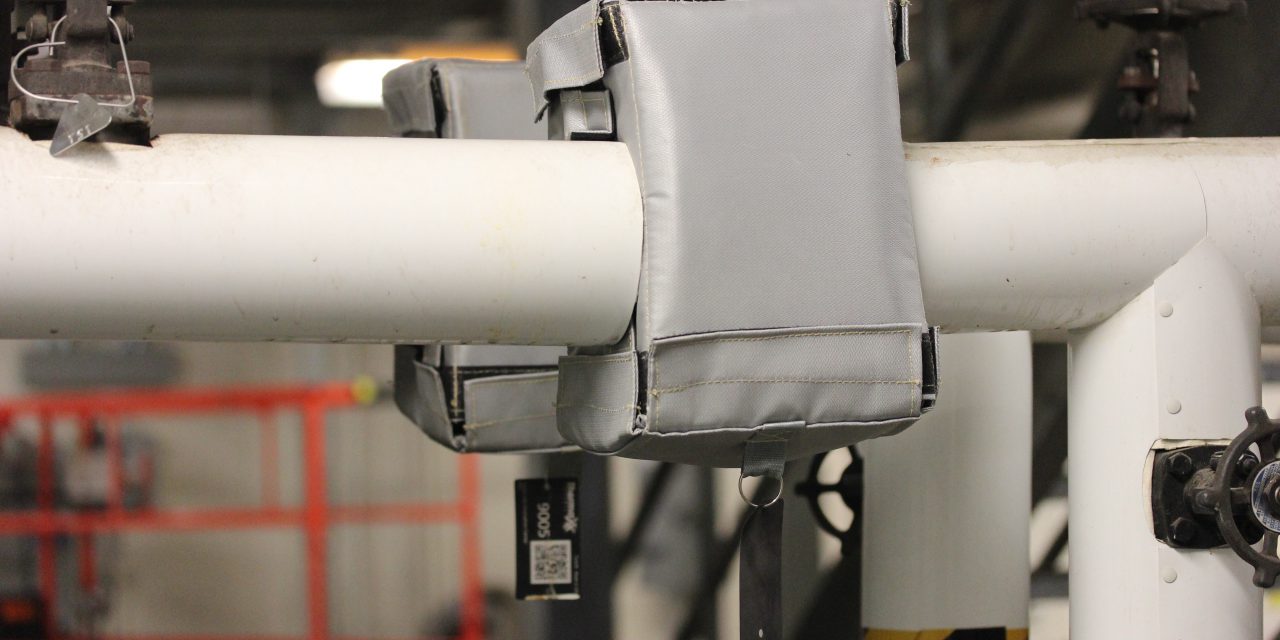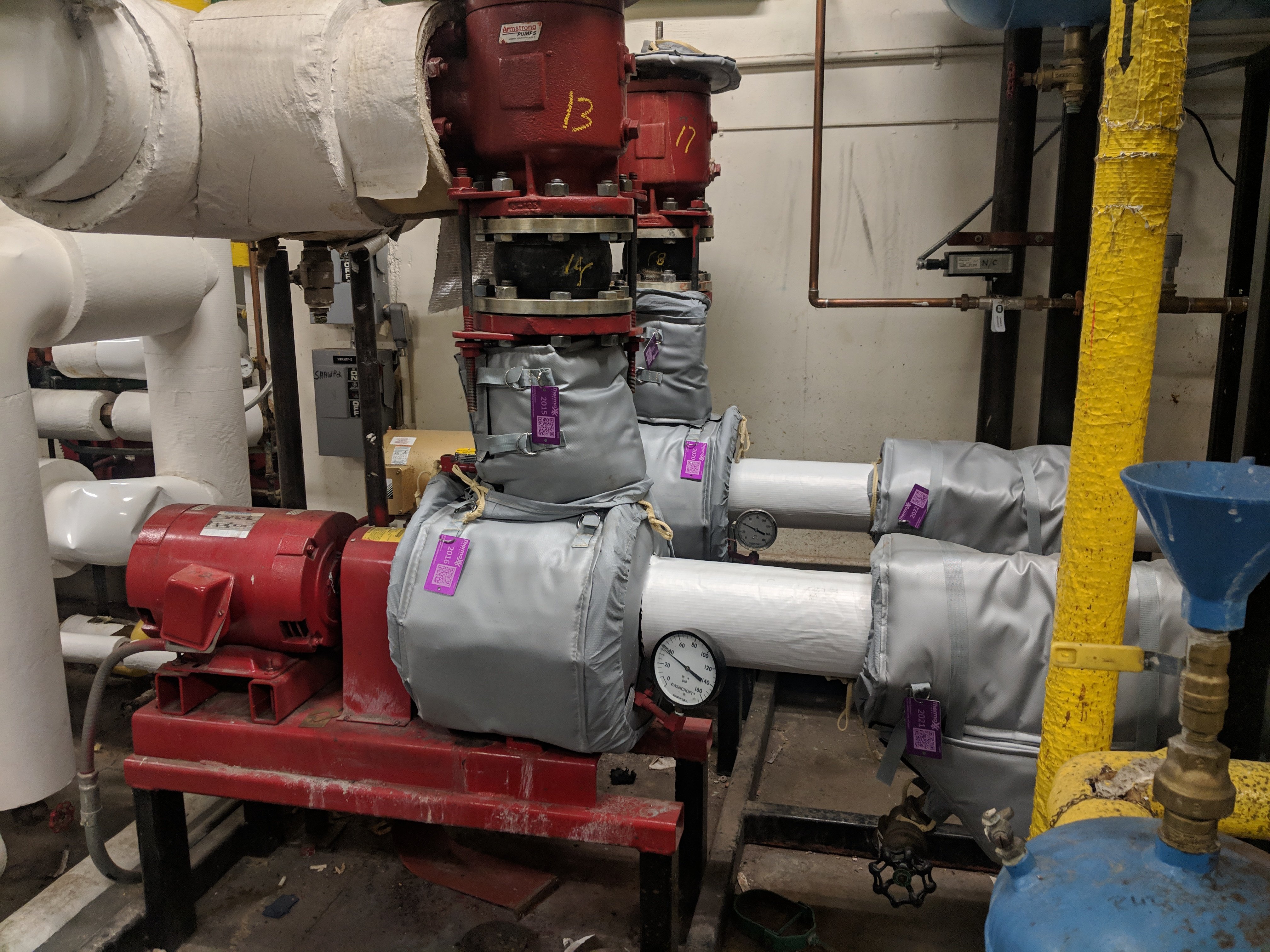Mayan Basketball & The Reflection of Sound Waves
Mayan Basketball
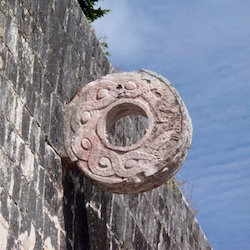 In 864 A.D., the Mayans finished constructing an ancient basketball court in the city of Chichen Itza located in the Yucatan jungle. The game played in this court differed slightly from the basketball we are used to today. There were two teams of two to four players competing against each other. The objective was for one team to get the ball through the stone hoop attached to the wall. One basket or shot through won the whole game. The ball, the size of small soccer ball, just barely fit through the openings.
In 864 A.D., the Mayans finished constructing an ancient basketball court in the city of Chichen Itza located in the Yucatan jungle. The game played in this court differed slightly from the basketball we are used to today. There were two teams of two to four players competing against each other. The objective was for one team to get the ball through the stone hoop attached to the wall. One basket or shot through won the whole game. The ball, the size of small soccer ball, just barely fit through the openings.
The players could not touch the ball with their hands or feet. They could use their hips, arms, legs and they couldn’t let the ball hit the ground. The outer skin was made of rubber. The ball was very heavy and the players often became bruised, sometimes fatally, during the game. Unlike our game today, the losing captain’s head was cut off, impaled on a stick, and placed at the city perimeter where it would it be a warning to would-be attackers. Later, long after the flesh disappeared, the skull would be used as the core for a future ball. At the games, spectators sat on top of the two long walls and wagered on their favorite team. Bets would include livestock, crops, clothing or whatever had value in ancient Maya.

Imagine yourself as a spectator perched on top of the wall. What a sight it must have been! The intensity would rival that of major league playoff baseball game, but here the stakes are higher. The captain on the losing side leaves the game without his head. However, the losing captain’s family would be would be taken of care of, and he would take his place in paradise with the Mayan Gods, but surely the captain would not mind staying on the planet a little while longer. During the game, spectators are yelling on top of the walls, the players are yelling to their teammates and possibly even the high priests are yelling from the building at the other end of the photo. With all this craziness going on, let us think about what is happening with sound between the two walls.
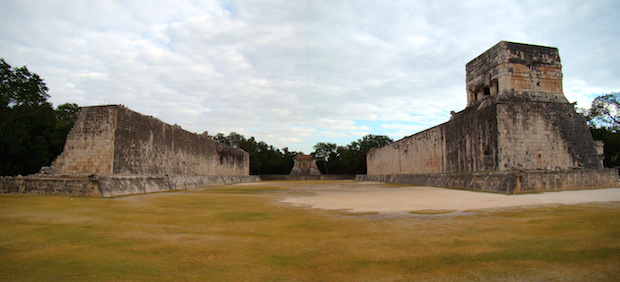
Sound Wave Reflection & Inversion
A sound wave reflection occurs when a sound traveling in one media encounters another media very dissimilar to the one it traveled in – just like the Mayan basketball game. The sound wave will hit the medium; say a concrete wall or stone wall like in the case of the Mayan stadium. During the game, as people yell, sound waves travel through the air, one medium, and encounter the stone wall – the second medium.
Imagine in your mind the captain, facing a wall, yelling instructions to his teammates. The sound wave coming from his mouth travels through the air and hits the stone wall. The stone wall, a rigid and hard barrier, reflects wave back towards the player. When the wave hit the wall some of the wave was transferred into the wall but most was reflected back. The wave reflected back has the same speed, because it is in the same media (the air) and the same frequency. However, it has lost some amplitude (intensity) because a very small part of the wave was transferred into the stone wall. Using simple sound physics equations, we can calculate the position of the captain if we know the time it took the wave to reflect back to the captain; and if we know the time the sound took to travel, we can calculate the captain’s position on the field.
 The second thing that can happen is wave inversion. The wave reflecting off a barrier can become inverted. The harder the barrier the higher the probability the wave will be inverted. This conforms to Newtown’s third law of motion: for every action, there is an equal and opposite reaction (F1 = -F2). When the wave hits the stonewall, a rigid boundary, the force of the wave pulls up on the stone wall and stonewall reacts by pulling the wave in a downward motion thus inverting the wave, turning it upside down. The part of the wave that is transmitted into the stone will never invert. Wave inversion does not happen with less rigid boundaries. Newton’s third law does not apply to less rigid boundaries. The wave does not pull upward therefore there is no downward equal opposite reaction.
The second thing that can happen is wave inversion. The wave reflecting off a barrier can become inverted. The harder the barrier the higher the probability the wave will be inverted. This conforms to Newtown’s third law of motion: for every action, there is an equal and opposite reaction (F1 = -F2). When the wave hits the stonewall, a rigid boundary, the force of the wave pulls up on the stone wall and stonewall reacts by pulling the wave in a downward motion thus inverting the wave, turning it upside down. The part of the wave that is transmitted into the stone will never invert. Wave inversion does not happen with less rigid boundaries. Newton’s third law does not apply to less rigid boundaries. The wave does not pull upward therefore there is no downward equal opposite reaction.
You're the Mayan Team Captain
Pretend you are the captain, hopefully the one on the winning team and you yell to a teammate to pass you the ball. If the temperature is 30 Celsius, you yell directly at the far wall, which is 50 meters away. How long would it take the echo to reach you?
(we know the speed of sound at 30°C is 349 m/s)
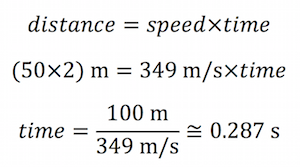
Sound Echo Reflection
Once again, you yell as your opponents almost scored and you are angry at your teammate. The echo takes a tenth of a second to arrive at your position. How many meters are you standing away from the wall?
![]()
Let us try a more complicated problem with an angle. When a wave is reflected on an angle, it comes off the rigid body at exactly the same angle. You’re in the center of the court, but your opponents are in directly in front of you as you head towards the wall at a 45° angle. Your teammates are also in the center of the court, but far ahead of you. As you yell as you run at an angle towards the wall, your yell is reflected off the wall to your teammates. If the sound takes a half second to get to your teammates, how close are you to the wall?

Then, since we have right triangle with 45° angles, we know the hypotenuse is . We know the hypotenuse is half the total distance travelled by the sound (half before hitting the wall, half after), or 87.25 m.
Therefore, you would be about 61.7 meters from the wall.
Conclusion
Sound is all around us, whether it is at a ball game, at work, or at home. By better understanding sound, we can solve problems relating to it. This usually involves some sort of reduction of it, and although the stakes aren’t as high as saving one’s head as in Mayan basketball, you still might be able to save your ears.
Categories
- removable insulation
- thermaxx jackets
- energy savings
- savings
- energy efficiency
- safety
- pipe insulation
- energy
- case study
- insulation materials
- thermal insulation
- heat loss survey
- heat loss
- energy loss
- hot insulation
- fiberglass
- installation
- steam
- New York
- custom insulation
- NYC Case Study
- boiler
- university
- Connecticut
- reusable insulation

